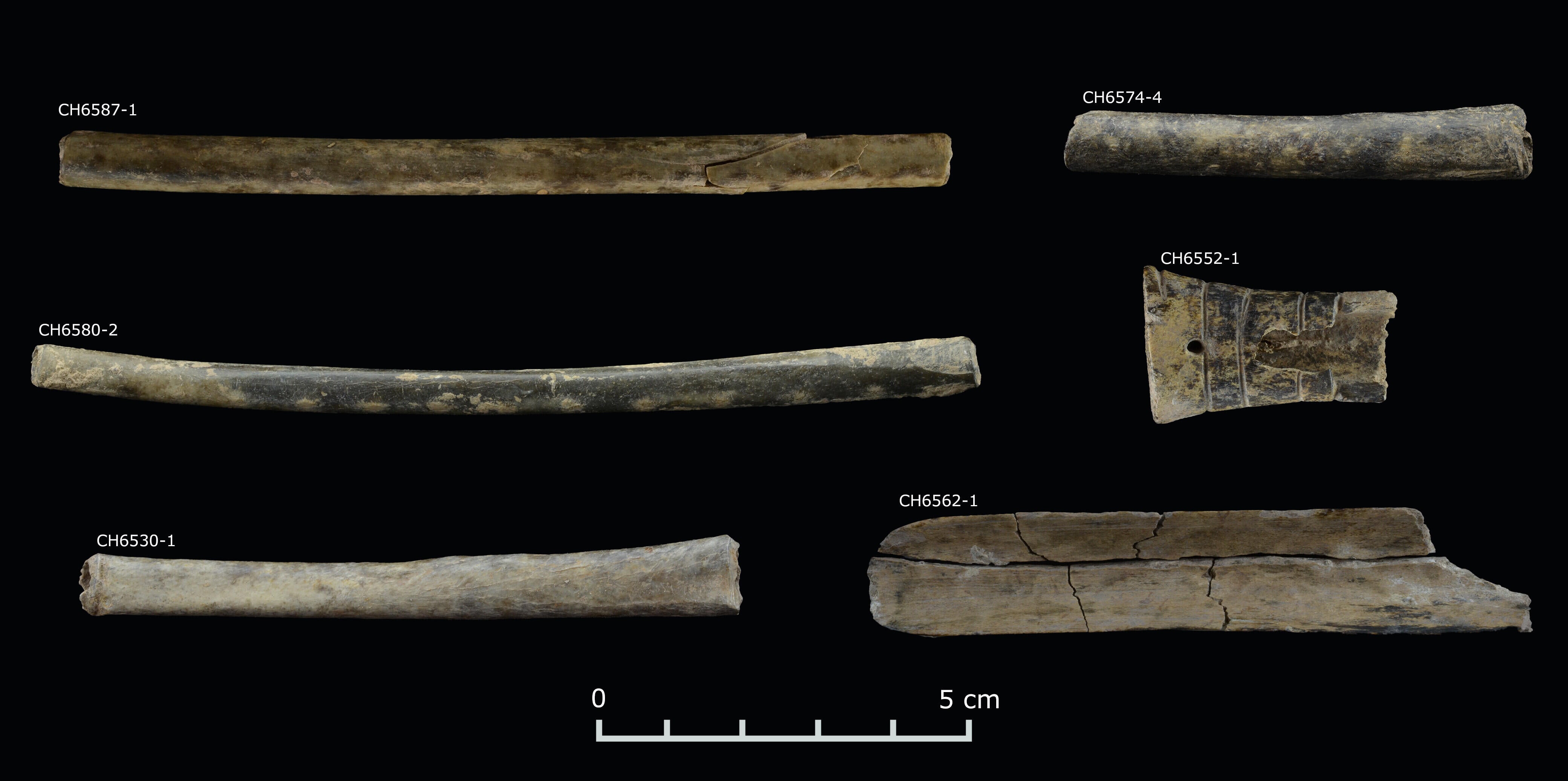Study sheds new light on exclusive hallucinogenic drug rituals in ancient Peru
An ancient society in the Peruvian Andes likely used psychoactive drugs during exclusive rituals that may have helped establish social and political hierarchies seen later throughout the region, according to a new study.
The prehistoric Chavín people held private and potentially secret gatherings where elite figures used “snuff tubes” to consume tobacco and hallucinogenic plant residue with properties of DMT, which can be found in a wide variety of plants, said the study published Monday in the peer-reviewed journal Proceedings of the National Academy of Sciences. When ingested, DMT causes brief, episodic visual hallucinations, according to the National Institute of Health.
The study was conducted by a group of archaeologists and researchers led by Daniel Contreras, an anthropologist and professor at the University of Florida, who sought to investigate a centuries-old Chavín compound for evidence of drugs involved in the ritual practices already understood to be a central part of their culture. To do that, Contreras and his team explored and analyzed artifacts found at Chavín de Huántar, a UNESCO World Heritage Site in the Andean highlands some 250 miles north of Lima.
Made from stone, the ruins there are believed to date back as far as 1200 B.C.E. The Chavín occupied that site and the region more broadly until around 400 or 500 B.C.E. and are considered a major predecessor to the better-known Inca civilization.
While previous research has pointed to ritual activity at Chavín de Huántar, and Chavín iconography raised questions about whether psychedelic plants were involved, the new study offered material evidence not seen before that hallucinogens were a focal point of those gatherings.
At Chavín de Huántar, archaeologists discovered a network of hidden rooms they called galleries, built into the larger stone complex. Inside them, the team found 23 artifacts believed to be drug paraphernalia — mainly, tubes constructed from the bones of birds that researchers say functioned as apparatuses for inhalation.
Daniel Contreras
Chemical tests subsequently conducted on those tubes revealed six of them contained traces of hallucinogenic substance dimethyltryptamine, or DMT, a powerful psychedelic that occurs naturally in plants and animals. In four of the six articles, researchers said they found microremains related to the roots of wild Nicotiana species — also known as tobacco plants — as well as the seeds and leaves of vilca plants similar to tobacco.
Although research into the drug’s effects on humans largely acknowledges gaps in how medical and scientific fields currently understand the body’s reaction to it, some reports note that DMT causes a temporary and intense response in the brain that can result in those who’ve taken it to anecdotally recall visions and hallucinogenic revelations.
Contreras’ team contended in their study that the tubes discovered at Chavín de Huántar may not have been used exclusively for psychotropic rituals. But, when those rituals did take place, they said the small size of the rooms where they were found suggests that only certain members of the Chavín society were invited to partake.
“Galleries were apparently foci of ritual activity, access to and content of which were institutionally controlled and managed,” the study’s authors wrote. “Based on the evidence presented here, we can now strongly infer not only that ritual at Chavín involved consumption of psychoactives but more specifically that the ritual activity taking place in and around the galleries—the primary restricted-access ritual spaces at Chavín—included such consumption.”
CBS News has contacted the study’s lead author for comment.


